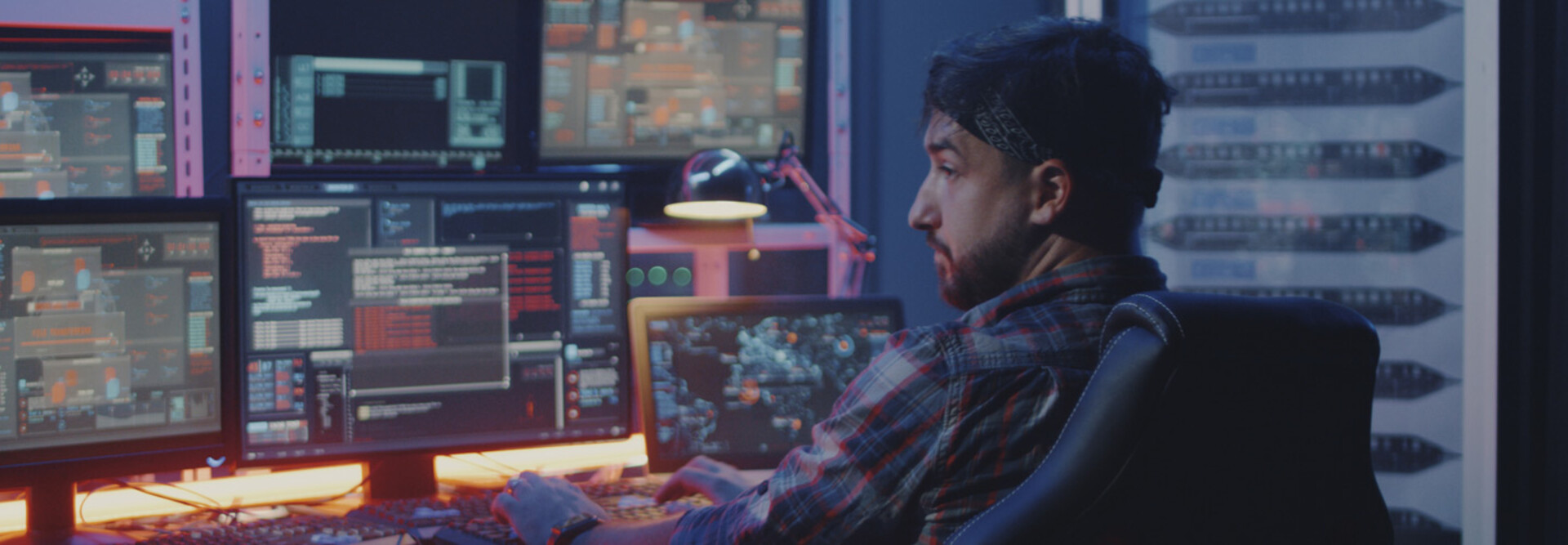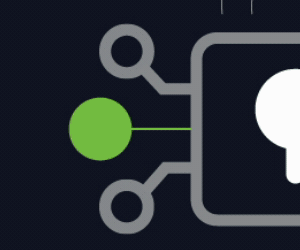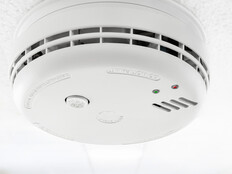To better understand the potential for SIEM in K–12 environments, let’s look at four leading platforms.
Key Benefits of Different SIEM Providers and Solutions for K–12 Schools
SIEM threat intelligence benefits schools by allowing K–12 IT professionals to identify and remediate security threats. Because every school system is unique, there is no one-size-fits-all SIEM solution for K–12 districts. Get to know available products and work with a tech expert to identify the best solution for your school.
Microsoft Sentinel
The solution: Microsoft Sentinel is a scalable, cloud-native SIEM that delivers “scalable, cost-efficient security across multicloud and multiplatform environments with built-in AI, Microsoft Threat Intelligence and a modern data lake architecture,” says Bill Sluss, principal program manager at Microsoft. With cyberthreat detection, investigation, response and proactive hunting, “it empowers security analysts to anticipate and stop attacks across clouds and platforms faster and with greater precision.”
K–12 benefits: Consolidated threat intelligence “provides a single, best-in-class resource for K–12 security teams to reference for any and all incidents, investigations and threat mitigations,” Sluss says. For understaffed IT teams, the solution “simplifies security data management, eliminates security data silos and enables cost-effective long-term security data retention.”
Further, he says, using AI-powered Security Copilot in a student-assisted and training-led security operations center in K–12 classrooms “empowers students with real-world experience, fostering student engagement and talent development.”
RELATED: How could Microsoft Copilot transform K–12 education?
CrowdStrike Falcon Next-Gen SIEM
The solution: For schools already using the CrowdStrike Falcon endpoint protection platform, CrowdStrike Falcon Next-Gen SIEM speeds response times by pulling data directly from the Falcon platform. Even for those leveraging third-party data, things go faster with accelerated integrations.
“We are bringing in hundreds of terabytes of data in a matter of seconds and showing it on dashboards in real time,” says Ajit Sancheti, general manager for CrowdStrike Falcon Next-Gen SIEM. “You get out-of-the-box detections, correlation rules — all of that is right there for you.”
K–12 benefits: In the past, it’s been costly and time-consuming for K–12 teams to manage multiple consoles for the sake of understanding a cyber incident. This SIEM solution tames that complexity, Sancheti says.
“We’ve built in parsers, out-of-the-box detections and response actions. Everything is in there. For a resource-constrained educational organization, everything becomes a lot easier,” Sancheti says. The solution gives K–12 IT teams everything in one place without breaking the bank, and it improves the security of the organization, he adds.
READ THE REVIEW: CrowdStrike Falcon EDR helps schools soar against cyberthreats.
Splunk Enterprise Security
The solution: Splunk Enterprise Security, the company’s SIEM solution, “serves as a vital digital security system for schools, proactively safeguarding networks and sensitive data from cyberthreats,” says Group Vice President Mary Lou Prevost. “It achieves this by continuously collecting and centralizing vast amounts of data from every school device, enabling real-time monitoring for unusual or suspicious activities.”
Leveraging advanced AI and machine learning, “the system intelligently learns normal network behavior to detect and flag deviations, such as unauthorized access attempts, as potential threats,” she says. “Should an incident occur, Splunk’s SIEM empowers IT teams to swiftly investigate, understand and resolve the problem.”
K–12 benefits: Splunk’s SIEM solution offers advantages to K–12 schools “by addressing common challenges such as limited IT resources, an expanding threat landscape and the critical need to protect sensitive student data,” Prevost says.
“It provides comprehensive visibility across the school’s digital infrastructure for effective monitoring and security event identification, coupled with real-time threat detection and rapid incident response crucial for maintaining educational continuity,” she adds.
Click the banner below to start improving cyber resilience in your K–12 institution.













